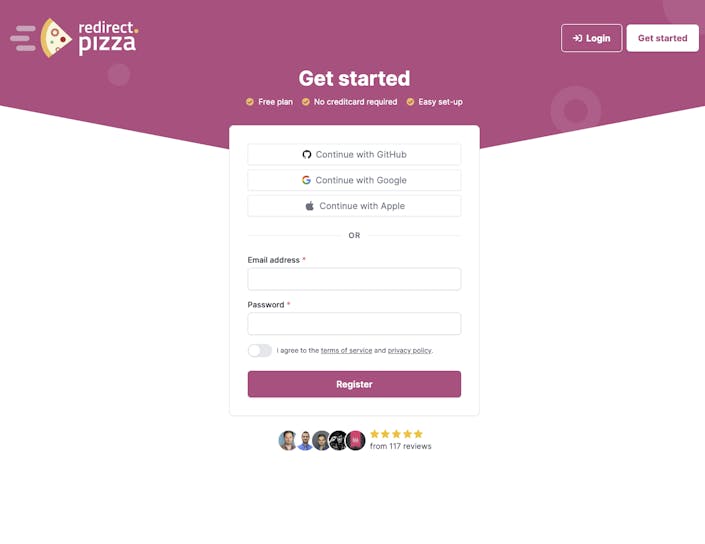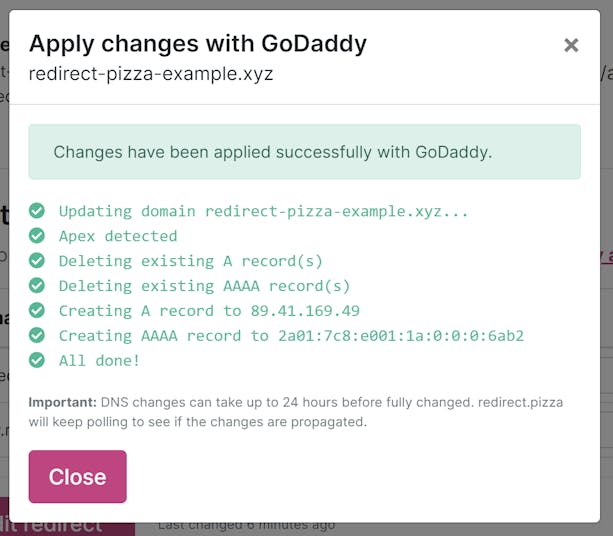Securing your website with an SSL certificate will give your website the much-coveted padlock symbol and the prefix HTTPS (as opposed to the generic HTTP). As you might know, secure websites are rewarded by search engines; boosting their ranking, compared to non-secure websites. But if you need to move pages from an old HTTPS domain to a new domain, this can lead to lost links, 404 pages and penalties from search engines... How do you manage HTTPS/SSL redirects without the hassle? Read on and find out!

Before we elaborate on the challenges with SSL redirection, we’ll briefly explain what a redirect is exactly and why they are so important.
For starters, what is a redirect?
We understand not everybody is a tech wizard. So, let’s break it down for the non-nerdy readers out there. When you move a page on your site to a different location, or when you move your entire site to a different domain, the old link (aka ‘url’) will lead to a place that no longer has any content. This is when you are served with the infamous ‘404 page not found’ error. This 404 page leaves the visitor empty handed and search engines looking like fools.
This is where a redirect comes in. It’s a line of code that tells your browser and search engines where to find the missing page or content. Problem solved!
Different types of redirects:
There are several ways a redirect can be classified. Basically, you only need to remember to use 301 redirects for permanently moved pages and 302 for redirects for temporarily moved pages. But here’s some more background to satisfy your thirst for knowledge:
- 301 redirects: when a page or website is permanently relocated to a new address that needs to be indexed by search engines, this type of redirect code is used to redirect the URL from the old one to the new one.
- 302 redirects: when a page is temporarily unavailable, such as when A/B testing or when performing maintenance, a 302 redirect is commonly used. The 302 redirect signals to search engines that the move is temporary, leaving the original page indexed until further notice.
There are several additional types of redirects, such as a 307 or 308 redirect. These are only used for specific use-cases.
The benefits of using HTTPS
Surfing the web is great, but it also has some risks. Cybercrime is on the rise and privacy is becoming increasingly scarce. One of the ways to secure your website, is by using an SSL certificate that gives your site the prefix HTTPS, rather than regular old HTTP. The ‘S’ obviously stands for Secure, but there’s more to be gained from using HTTPS in your website:



